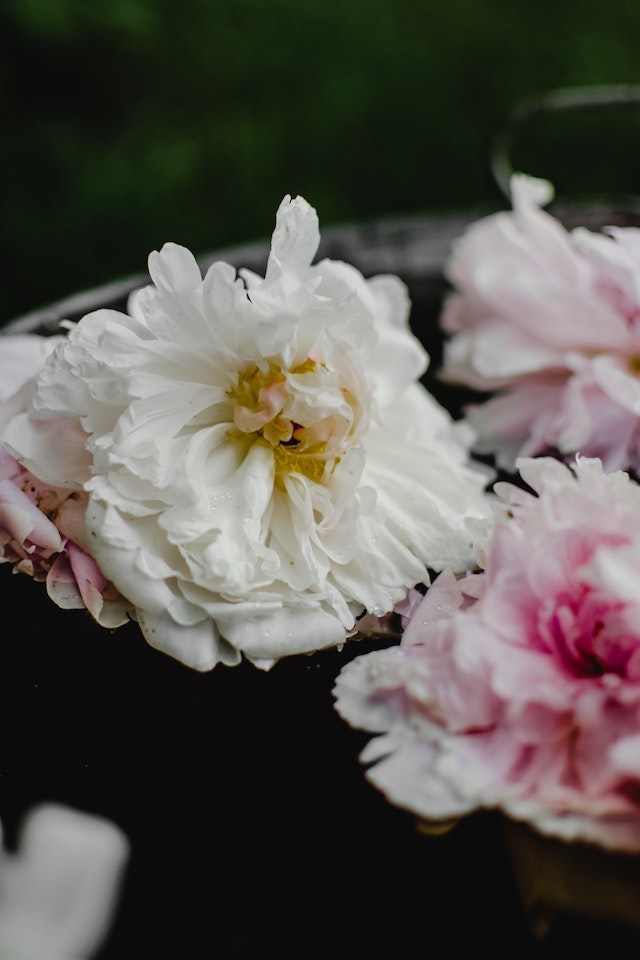Botanical Description:
Scientific Name: Ulmus rubra
Common Names: Slippery Elm, Red Elm, Indian Elm
Description:
Slippery Elm (Ulmus rubra) is a deciduous tree native to North America, known for its inner bark’s mucilaginous properties. With a history deeply rooted in traditional medicine, Slippery Elm has been valued for its potential therapeutic effects. Explore the traditional uses, constituents, and applications of Slippery Elm in this Materia Medica.
Disclaimer:
This Materia Medica is provided for informational purposes only and should not replace professional medical advice. Please consult with a qualified healthcare practitioner before using any herbal remedies.
Therapeutic Actions:
- Demulcent Properties:
- Slippery Elm is recognized for its demulcent properties, forming a soothing and protective layer on mucous membranes.
- Gastrointestinal Support:
- It is traditionally used for gastrointestinal support, potentially alleviating symptoms of gastritis and irritation.
- Wound Healing:
- Slippery Elm is applied topically for its potential wound-healing properties, promoting tissue repair.
- Respiratory Soothing:
- Some traditional uses include Slippery Elm for soothing respiratory conditions, particularly in addressing coughs and sore throats.
Constituents:
- Mucilage:
- Slippery Elm’s inner bark contains mucilage, a gel-like substance responsible for its demulcent properties.
- Tannins:
- Presence of tannins contributes to the herb’s astringent effects, potentially aiding in wound healing.
- Antioxidants:
- Slippery Elm contains antioxidants that may contribute to its overall therapeutic effects.
Traditional Uses:
- Gastric Irritation:
- Slippery Elm is traditionally used to soothe gastric irritation, providing relief from conditions like gastritis.
- Digestive Support:
- It is employed for its demulcent properties, potentially supporting digestive health and easing discomfort.
- Topical Applications:
- Slippery Elm poultices or salves are used topically for wound healing and soothing skin conditions.
- Respiratory Conditions:
- Some traditional applications include Slippery Elm for addressing respiratory discomfort, such as coughs and sore throats.
Dosage and Preparation:
- Herbal Infusion:
- Infusions or teas made from Slippery Elm bark are common. Dosage may vary, and it’s essential to follow recommended guidelines.
- Poultices or Salves:
- Topical applications involve creating poultices or salves using Slippery Elm for wound healing. Application methods may vary.
Cautions and Considerations:
- Pregnancy and Breastfeeding:
- Safety during pregnancy and breastfeeding is not well-established, and consultation with a healthcare professional is recommended.
- Allergies:
- Individuals with allergies to Elm trees should exercise caution when using Slippery Elm.
- Interaction with Medications:
- Those taking medications, especially those affecting blood sugar levels, should consult a healthcare professional before using Slippery Elm.
Conclusion:
Slippery Elm, with its mucilaginous inner bark, offers a unique set of therapeutic properties, particularly in addressing gastrointestinal and respiratory conditions. Whether consumed as a soothing tea or applied topically for wound healing, Slippery Elm has been a valuable remedy in traditional medicine. This Exhaustive Materia Medica aims to provide comprehensive insights into Slippery Elm’s botanical description, therapeutic actions, constituents, traditional uses, dosage, precautions, and applications. For personalized guidance, consultation with healthcare professionals or herbalists is recommended to ensure safe and effective utilization of Slippery Elm as a herbal remedy.





